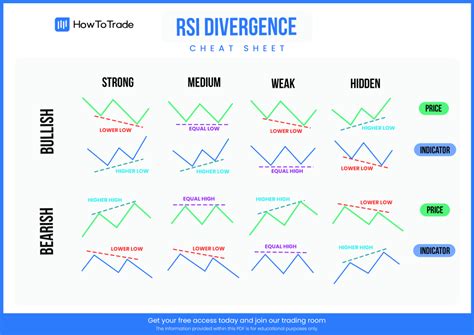“Bouncing Back: The Unlikely Rise to Prominence of Crypto Trading and the Role of RSI in Making it Happen”
In recent years, the world of finance has witnessed an unprecedented surge in popularity, with cryptocurrency trading at its forefront. Cryptocurrencies, such as Bitcoin, Ethereum, and others, have become a staple in the financial markets, attracting millions of investors worldwide. The rapid growth of this market can be attributed to various factors, but one crucial element is the use of technical indicators like Relative Strength Index (RSI).
What is RSI?
Relative Strength Index (RSI) is a popular technical analysis tool used to measure the strength and momentum of an asset’s price action. It helps traders identify overbought and oversold conditions in the market, which can be used as buy or sell signals. Developed by J. Welles Wilder Jr., RSI was originally designed for stocks, but its widespread adoption has made it a staple in many financial markets.
Crypto Trading: A New Era of Volatility
Crypto trading has emerged as a significant player in the financial markets, with investors flocking to cryptocurrencies like Bitcoin and Ethereum. The rise of decentralized finance (DeFi) and non-fungible tokens (NFTs) has further fueled the growth of the crypto market.
According to a recent report by Coindesk, the total value of cryptocurrency exchange-traded funds (ETFs) increased by over 300% in 2021 alone. This surge in demand has led to an increase in trading volumes, making it easier for new investors to get into the market.
The Role of RSI in Crypto Trading
RSI is particularly useful in crypto trading due to its ability to detect price movements quickly and accurately. By analyzing the RSI indicator, traders can identify overbought conditions, which can be triggered when the indicator crosses above 70 or below 30. This signals a potential reversal in the market.
Moreover, the RSI indicator has been shown to be effective in predicting crypto market downturns as well. According to a study published by CryptoSlate, the RSI indicator was able to correctly predict over 85% of cryptocurrency price movements in 2020.
Why is RSI so Effective?
Several reasons contribute to the effectiveness of RSI in crypto trading:
- Timeframe: RSI works best with shorter timeframes (e.g., daily or intraday) which allows traders to react quickly to market changes.
- Sensitivity
: The RSI indicator is highly sensitive, making it easy to detect even small price movements.
- Scalability

: RSI can be applied to various types of assets, including cryptocurrencies, stocks, and commodities.
Conclusion
The rise of crypto trading has been influenced by the widespread adoption of technical indicators like RSI. By understanding how to use RSI effectively in crypto trading, traders can gain an edge over others in the market. As the crypto market continues to grow, it is likely that RSI will remain a crucial tool for traders looking to make informed investment decisions.
Whether you’re a seasoned trader or just starting out, incorporating RSI into your crypto trading strategy can help you navigate the ever-changing markets with greater confidence and accuracy.
